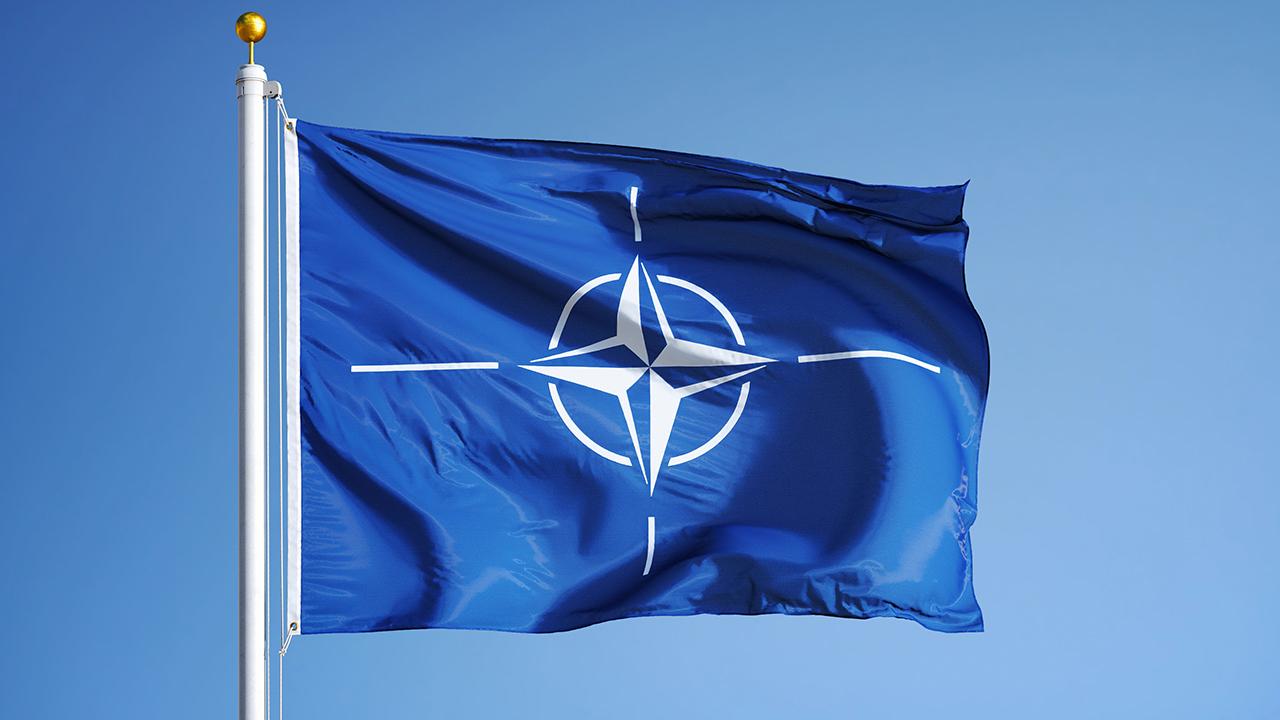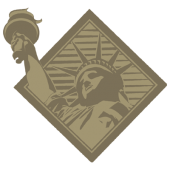
Awareness of key turning points in American history and world affairs are important so that we make informed decisions. One such point in time occurred 73 years ago on April 4, 1949 – the anniversary of the formation of the North Atlantic Treaty Alliance (NATO). On this day, NATO was officially set-up in response to a series of distinct but related geopolitical and territorial events occurring all over the world during the decade prior to the signing the Treaty. The world was in a state of unrest, giving rise to significant concerns for European countries and for the United States and other western nations. This state of worldwide unrest coupled with a looming threat of attack posed by the Soviet Union drove the institution’s formation to be designed to keep the flame of freedom burning in America and the rest of the Western world. To do so, NATO would function as an international military alliance to collectively secure and protect member nations against outside threats or attacks; and to defend militarily, as one unit, in the event any participant nation was attacked.
NATO’s twelve founding members are Belgium, Canada, Denmark, France, Iceland, Italy, Luxembourg, the Netherlands, Norway, Portugal, the United Kingdom, and the United States – the number of member states has burgeoned to thirty over the years. Deterrence of Soviet aggression and to prevent the “Red Army” from expanding communism were central objectives. To that end, American servicemen and women were sent far from home and stationed throughout Europe, especially in West Germany, to keep Moscow at bay.
Europe and the free world as a whole owe those troops and our clear-thinking US statesmen thanks. For the fact that there was no ground war in Europe during the Cold War pitting Communist forces against the Western democracies is evidence that NATO accomplished its mission. And yet with the fall of the Berlin Wall in 1989, the mission drifted.
Over the past few months, the NATO alliance has found its way back into the spotlight. The government of Ukraine has sought NATO membership for years and Western powers led by Washington have encouraged Kyiv’s ambitions. Accordingly, Russian president Vladimir Putin contends that his invasion of Ukraine is a defensive maneuver, insofar as he rejects NATO’s potential encroachment on Russian borders.
Putting aside the Russian dictator’s claims, it is useful in the current moment for Americans to ask themselves whether NATO has outlived its purpose and, if not, should America require member nations to renegotiate the terms and language of the treaty to ensure its usefulness and fairness going forward. Keeping in mind that Americans pay for the bulk of NATO and supply an overwhelming number of troops, it makes sense to evaluate whether our hard-earned money might be better spent on the home front or divvied up in a manner that serves our interests in NATO, while at the same time ensures our own defense is never impaired or wanting.
Return to the Knowledge Center






